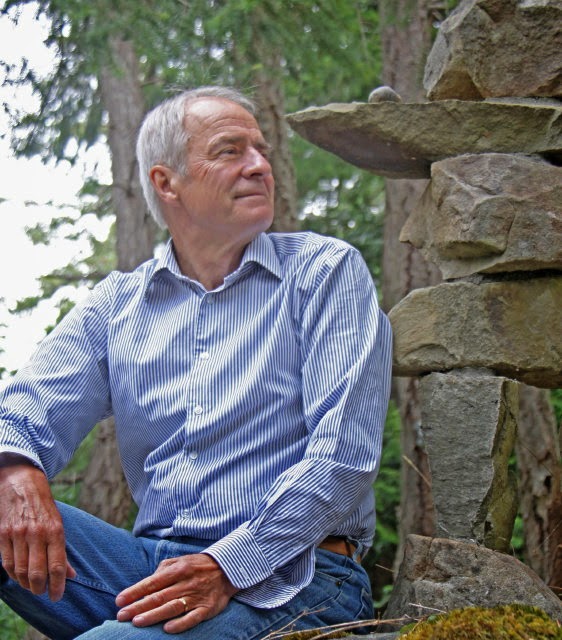We left Tallinn and headed southwest toward
Pärnu, the start of our counter-clockwise trip around Estonia. We drove from
one historic spot to another following the ubiquitous brown signs pointing to
historic/cultural sites. Thanks (or curses) to its strategic location, Estonia
has long been fought over and, thus, has an enormous number of castles,
fortifications and other ruins.
Our first stop was Padise Monastary, whose
construction began in the 13th century. It had a vaulted church and
was fortified, but had fallen into ruins. There was no entrance fee and a large
sign provided a detailed history.
We meandered along back roads. There was
little traffic, the signage was good and there were virtually no billboards nor
litter. It was peaceful and restful.
The steepled church at a small village
beckoned. The cemetery was beautiful. A monument to more than 100 people
massacred by the Russians gave an insight into the sad decades of oppression
that Estonia suffered.
With “Agnes” (our Estonian-speaking GPS)
giving directions, we drove through a flat landscape with birch forests,
wetlands and occasional farms and villages.
We arrived at Pärnu, a popular sea-side
resort with a long sandy beach, many parks and a rich cultural life. However,
at the end of September a cool wind blew along empty streets. The town centre
featured a walking promenade and, delightfully, no big chain stores. At a
small, back-alley restaurant, we enjoyed a cheap, tasty meal while a chess game
was contested at the next table.
Next morning the breakfast table was
elegantly adorned with a fresh rose and candles in pewter holders. Omelettes
were followed by Estonia crepes — one of my childhood favourites!
We drove leisurely toward Saaremaa,
Estonia’s largest island. The ferry was cheaper, more efficient and more
comfortable than those plying Canada’s west coast.
We wandered around Koguva village, a
national heritage fishing village with moss-covered stone fences, log buildings
and thatched roofs. My camera clicked constantly.
The highlight of Kuresaare, Saaremaa’s
capital, was the castle, the best-preserved medieval (14th century)
stronghold in the Baltics. A small exhibit dedicated to the Estonians murdered
by the Soviets in 1941, brought tears to our eyes.
Next morning, we headed toward Võru,
passing wooden houses and remnants of the Soviet-occupation days: deteriorating
apartment blocks and large abandoned collective-farm buildings. A small detour
led us to Karski Fortress (1248) along with its pretty Baroque church.
Wildflowers bloomed alongside the ruins.
Motoring eastward, the countryside became
rolling and more forested. We popped into Valka, Latvia. There was no border
stop, just a sign. Latvia looked the same as Estonia except the signs and names
were incomprehensible.
Nearing Võru, “Agnes” led us to the farm of
my cousin, Matti, whom I had never met. His family greeted us with open arms
and sat us down to a hearty farm meal. They spoke no English but we managed
quite nicely, aided by a few glasses of Vana Tallinn, a liquor they explained
was more valuable than money during the occupation. Then we visited the
neighbouring farm, now abandoned, where my father grew up. I was moved.
Finally we arrived at the Kubija
Hotel-Naturespa, south of Võru where roller-bladers and runners raced along
forest trails. Erki Nool, the legendary gold-medallist in the decathlon at the
2000 Olympics, trained here and the lobby boasts a statue of him pole-vaulting.
- Villa Wesset Hotel, Parnu: www.wesset.ee
- Kubija Hotel-Naturespa, Võru: www.visitestonia.com/en/kubija-hotel-nature-spa
- General information: http://www.visitestonia.com/en/
- Impressions
of Estonia, useful
book with 124 photos: www.blurb.ca/bookstore/detail/3850029








No comments:
Post a Comment